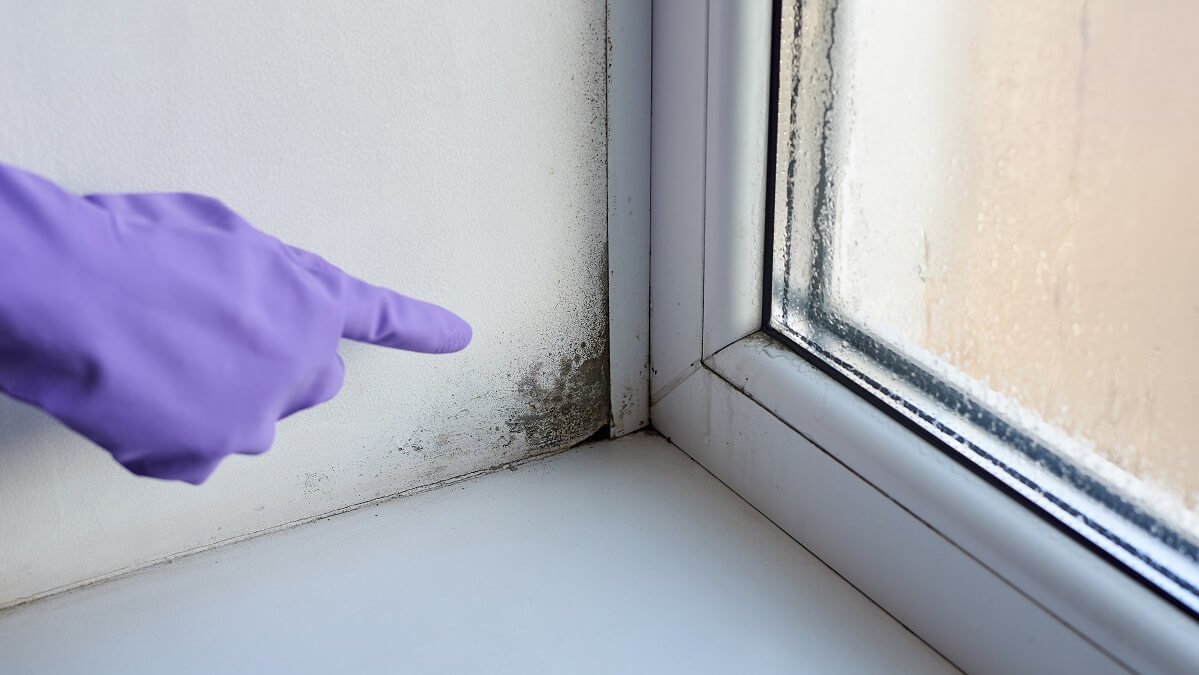Whether or not you own or rent the house you live in, there’s one thing you don’t want: rising damp. For that matter, even if you’re a landlord, rising damp is not something you want found at the property you let.
The implications of rising damp can be serious, not just to your hip pocket, but also to health. And once it has set in, the disruption caused to homeowners and tenants alike by required repairs can be severe.
As with most problems, health and financial, prevention is far better than cure.
What exactly is rising damp?
Simply put, rising damp is basically what it says: moisture rising from underneath a property and getting into internal walls.
You might wonder how liquid can go up a wall. Why isn’t gravity keeping that water in the ground where it should be? The answer is a process known as capillary action.
Capillary action is the process of a liquid flowing in a narrow space without the assistance of any external forces. In fact the flow can occur in opposition to those external forces – even gravity.
For those of you who like your science, learning about the process of capillary action can be fascinating. Those worried about or affected by rising damp, though, just want to know how to prevent and/or manage it.
Prevention
First, rising damp ideally should never be a problem you have to consider as an owner or renter. The builder of the property should ensure the house has adequate under-floor ventilation. This will dramatically reduce the risk of capillary action taking place.
Second, any building process should incorporate the inclusion of a damp-proof course between the foundations and the walls. A damp-proof course will go a long way to preventing moisture absorption.
All modern buildings should have damp-proof courses, but in older homes these may be damaged. In some pre-1900 buildings it may never have been installed. Not that rising damp is a new problem. Reports of the problem go back many centuries, at least as far back as the time of Roman Empire.
Cure
If your house or apartment has rising damp, and you are responsible for the repairs, don’t expect a cheap fix. Depending on the source and size of the problem, the cost can vary wildly.
One suggested rule of thumb is to budget about $300 per metre. A terrace house could therefore cost upwards of $10,000 to repair.
The treatment process itself is known as ‘damp-proofing’ or ‘damp coursing’. Generally, this involves stripping any affected plaster off the wall as a first step. Next, a line of holes is drilled along the hall at base level. These holes are then filled via an injection of silicone solution, which penetrates to create a permanent barrier in the wall. Finally, the walls are replastered using a salt retardant render.
You might not think there’s anything more to rising damp than a musty smell. Some might be able to cope such an odour, but rising damp can have health consequences, too.
Microorganisms such as mildew and mould, generally thrive in areas of rising damp, and can cause an asthma attack. Serious mould infections have been known to occur, too. Even the damp alone can aggravate conditions such as asthma and allergies.
Whether you’re looking to build, buy or rent, take the time to ensure rising damp is not an issue for your next home.
Have you lived in a house with rising damp? How did you deal with it? Let us know in the comments section below.
Also read: How grandparents are helping as rents soar
Health disclaimer: This article contains general information about health issues and is not advice. For health advice, consult your medical practitioner.

